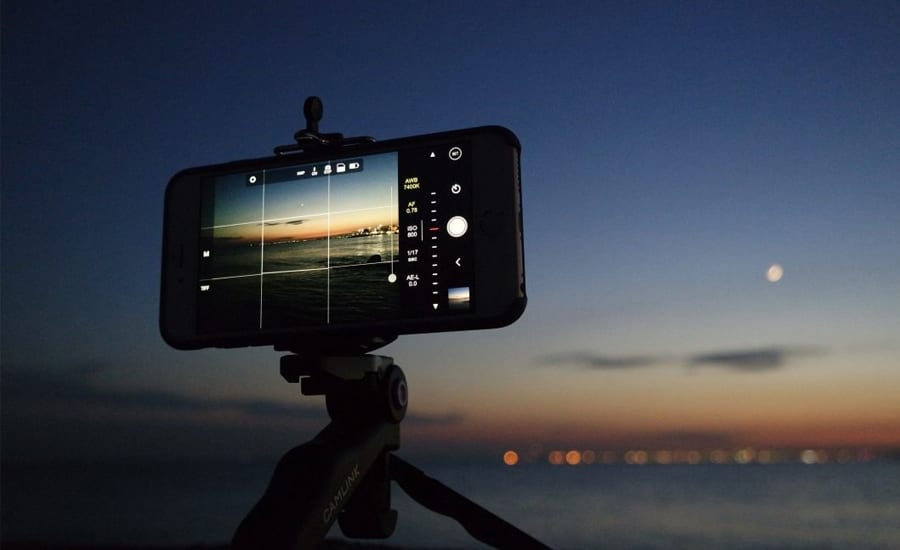|
Getting your Trinity Audio player ready...
|
In November 2017, the European Forest Institute (EFI) and the Global Editors Network (GEN) announced Lookout360°, a six-month climate change immersive story accelerator, as the pilot project of the Lookout Station.
During this bootcamp, the participants gathered knowledge about the arctic forest ecosystem, and discussed with locals on the climate change impacts on the Sámi population. They received a training session on 360-video shooting from Jean-Yves and Carole Chainon (from the JYC production company), and had the chance to experiment immediately, using cameras provided by Insta360.
From this hands-on tutorial (or rather gloves-on), here are some of the takeaways they gleaned in terms of tips, tricks, and how-tos when it comes to filming in 360° for the first time.
1. Place the camera where you want the viewers to ‘have their heads’
For a better immersive experience, the viewers must feel like what the camera is recording could be their own sight. The camera must therefore be placed at ‘normal’ height, in an expected place (where someone could actually stand in real life), and try to keep the motion always in the same general direction.
2. Give viewers some time to look around and orient themselves
When it comes to the length of each cut keep in mind that viewers are still not perfectly ‘fluent’ in 360-video: They may need a few extra seconds on each shot to appreciate the whole view and figure out what is going on.
3. Anticipate the viewer’s gaze
For a new shot, try to place the camera where you think the viewers will look: It will make the viewing experience feel more natural and more immersive.
4. Regular video transitions don’t work
Most of the transitions we are used to on traditional video (rectangular, flat shape) do not work on the sphere that is a 360-degree video. The most comfortable transitions are fade-ins and fade-outs.
5. Something has to be happening
Viewers want to look around and they expect to have something to see. Let it be the actions of a protagonist, a nice view, or access to an usual scene. Even an immersive video can be boring if you are not careful.
6. Use smart subtitles
If you have subtitles in your video, use sticky ones. Don’t bake them into the video or you will make it hard for your viewers to look around and read at the same time, use classic .srt files. Words are also easier to read when they are ‘flat’ and do not follow the curve of the sphere.
Learn more about the Lookout360° programme and further journalist takeaways from their 360-video experiments here. Participants include Olga Dobrovidova, TASS (Russia), Pablo Leòn Sanchez, El País (Spain), Lucy Sherriff, freelancer (Colombia), Rizky Gerilya, de Volkskrant (Netherlands), Ugochi Oluigbo, TVC News (Nigeria), Paavan Mathema, AFP (Nepal), Virve Rissanen, Helsingin Sanomat (Finland), Borut Tavčar, Delo (Slovenia), Qing Wang, Jiemian News (China), Flavia Martins y Miguel, Portal R7 Minas (Brazil), Sonia Narang, Public Radio International (USA), Claudio Accheri, Thompson Reuters (UK).
At the end of the programme, the best 360-video projects will be presented at the forthcoming GEN Summit 2018 in Lisbon (30th May/1st June). Tickets can be purchased here.


